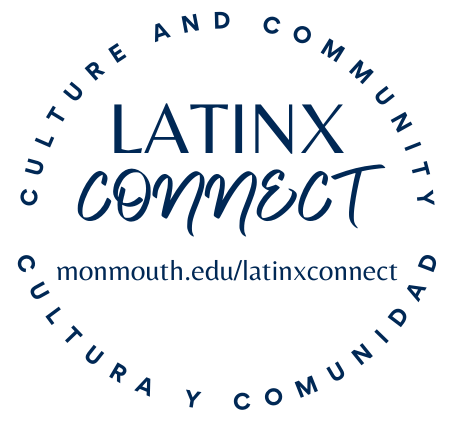“Hispanic” is the oldest term used to refer to the largest and one of the most diverse growing minorities in the U.S. The word is often associated with the origins of Spanish colonialism in America and can exclude indigenous, Brazilian and other non-Spanish-speaking groups.
“Latino” is thought to be more inclusive in terms of geography as it doesn’t relate to language and embraces the whole region. However, the androcentric nature of this Spanish-language term, i.e. the use of masculine form as universal, excludes an entire group of identities.
“Latinx” a newer term that has recently gained popularity among scholars, activists and millennials that is inclusive of gender-expansive and gender non-conforming individuals. Additionally, “Latinx” challenges the binary nature of the Spanish-language term Latino(a). The powerful “X” has opened the door to a variety of identities, and it is also used in the term “Chicanx(o/a)” to highlight the broad indigenous heritage of many groups.
Source: Latinx Heritage Month: More Than One Word, More Than One Heritage




